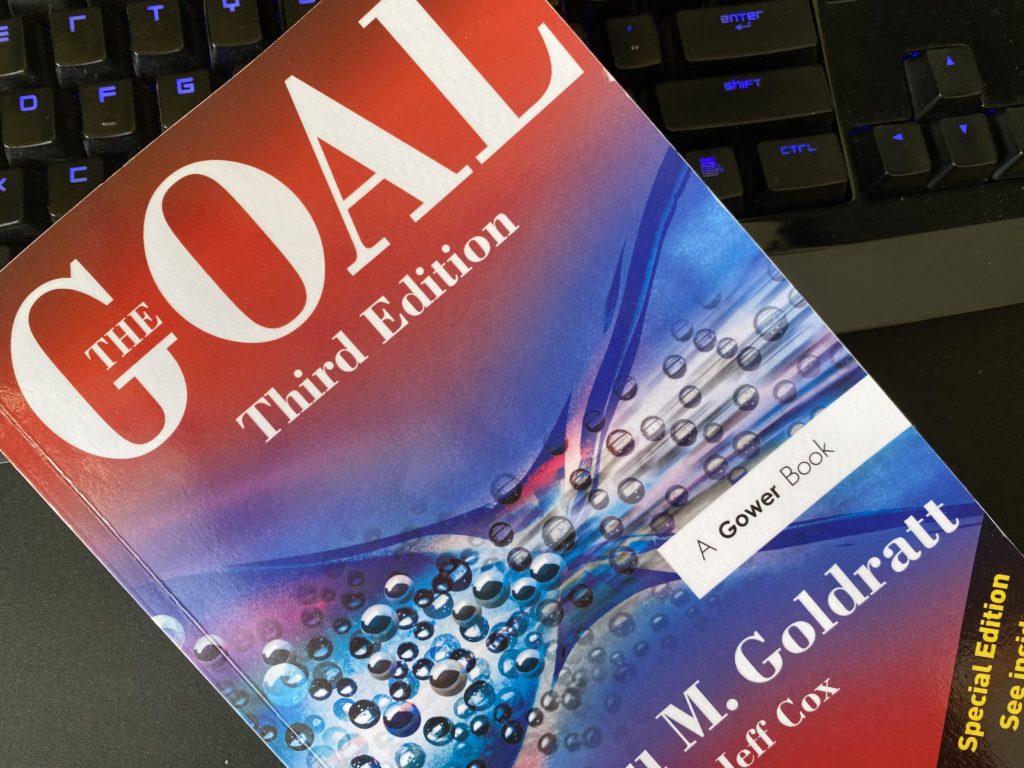
lean #lean-through-manufacture #business-novel
Why I read it
I found references to it in Lean Enterprise (Jez Humble) and also it was mentioned by Jez in a talk I saw on youtube (maybe this one).
What is about
The road of discovery traveled by the manager of an embattled factory in US to finally realise the [[lean]] enterprise principles!
Similar to [[The Phoenix Project]] (which I guess is inspired from it) a hard working family man is forced to discover the essence of lean in order to save his factory – in the process re-connecting with his team and family… (no kidding!)
What I took from it
Start with identifying the bottlenecks in your delivery process.
The bottlenecks are those activities/resources that necessary for an end product but that have a throughput lower than the one expected throughput of the end product. Meaning: if you need to deliver 5 things per day, and you have some part of your process that can only do 3 sub-things per day – that’s a bottleneck. Everything else that has the capacity to deliver stuff higher than your expected output is a non-bottleneck (duh!)…
The goal would be to have the level of activity throughput equal with expected delivery throughput – not higher, not lower. Which requires: increasing the throughput through the bottlenecks and, eventually, decreasing the throughput through the non bottlenecks to limit the “work in progress/inventory”.
After each system change/capacity re-balancing the process needs to be re-evaluated in order to identify – potentially new bottlenecks and restart. A lot of emphasis is put on the fact that accelerating the steps/processes that are not bottlenecks, or even allowing them to go at their “natural speed” and thus faster than the bottlenecks is wasteful as it doesn’t contribute to the increase of the market throughput. So in a way, the insight is that you need to block the work being done that is not aligned with the delivery… and for me an immediate significant realisation was that Kanban most of all a system of blocking creation of wasteful work .
One way to do this re-balancing would be to flag the work that involves the bottlenecks in a way that gives it higher priority compared with the rest.
Another way is to lower the granularity of the work being done on the ‘non bottleneck’ processes so that they respond faster to the bottleneck requests.
A point made in the book is that this will increase waste as smaller granularity implies more context switching (“set-ups”) – but as long as this waste still doesn’t transform the process in a “bottleneck process” it’s ok.
What I thought
Well, it does make clear (through all sorts of examples, stories, etc.) how important it is to align all your actions/outputs with the business goal… but I kind of hate this type of story with the guy who sacrifices his family and personal time to fight agains a (broken) system imposed by “the corporation”.
Trivia
“garbage in, garbage out” : appears in this book which is from 1984 and about factory parts — after some research (wikipedia) it seems this expression (just like “having a bug”) is another gift that software engineering gave tot he world!
